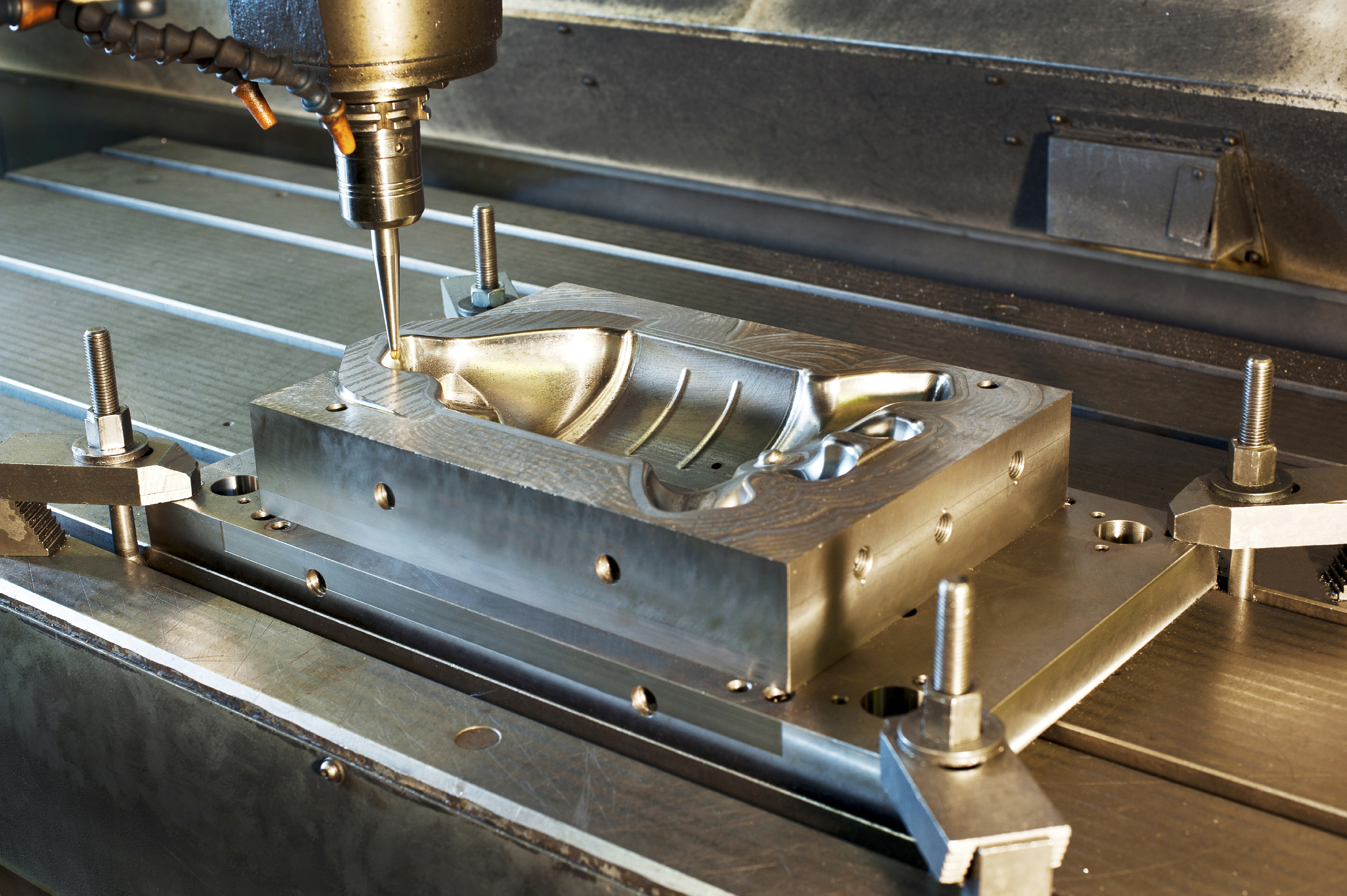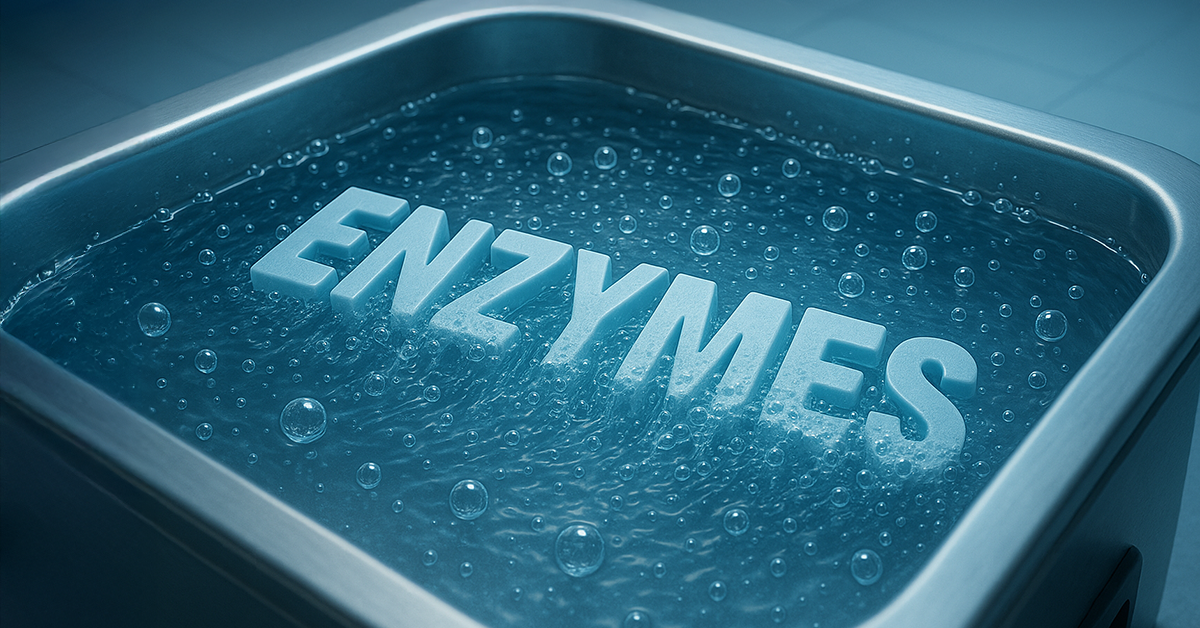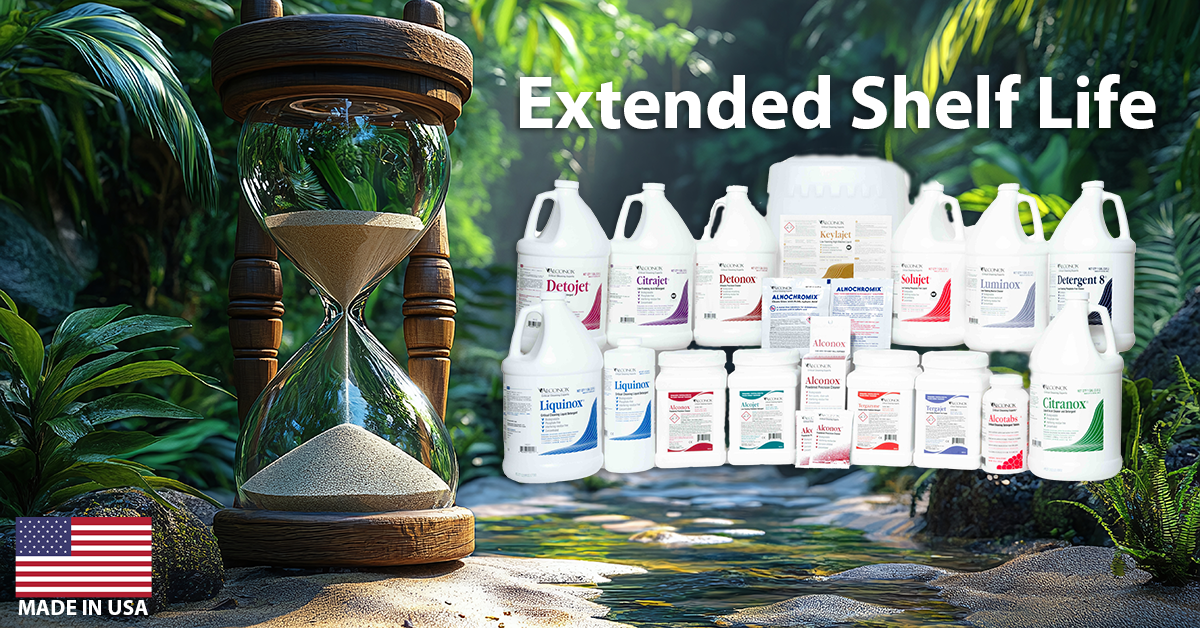
Q. How do you remove silicone mold release and polysilane oils from stainless steel, plastic and glass?
A. The filmy residues of silicone mold release and polysilane oils are very difficult to remove. Mold release agents on glass act as a protective film on the glass. If attempting to clean them off with very aggressive acid or alkaline cleaners, the cleaning agent etches around the edges of the mold release agent and the un-coated sections of the glass leaving behind a shadow of where the mold release was or had been. Even if the cleaner eventually removes the mold release, there is a permanent shadow of where it had been due to the etching that occurred where the mold release had been. This same effect has also been with fingerprints on glass.
If there is a silicon mold release agent on the glass, remove it with ultrasonic cleaning with extremely hot (over 170 deg F or over 77 deg C) 2-5% Alconox® Powdered Precision Cleaner or Detonox® Ultimate Precision Cleaner followed by a thorough rinse with water. Ideally, make sure the first rinse is with extremely hot water. Typically 10-20 minutes in ultrasonics is adequate to remove the residue.
Alconox detergent is a mild cleaner and Detonox detergent is a moderate pH cleaner. Neither will not etch the glass under normal cleaning conditions. For plastic, first make sure your plastic is compatible with exposure to these temperatures. Many polysilanes have a softening point somewhere in the 160-170 deg F (72-77 deg C) range. Above that softening point, the polysilanes can be more readily emulsified by a strong emulsifier. A 2-5% Alconox or Detonox solution is a strong emulsifier and has been successfully used to remove difficult silicon oil residues. Once the polysilane is emulsified, you want to rinse it with hot water; cold rinse water will break the emulsion and redeposit the silicon oil before it has a chance to be rinsed away. The cleaning temperature is critical here. If this is a smooth, cleanable and easily rinsed surface, you can often get away without having to use a very hot water rinse. If there are crevices, blind holes or other features to the glass that would slow down the rinsing, then the very hot first rinse is critical tool. Once you have done an initial static or running water initial very hot rinse, then subsequent rinses can usually be done with ambient temperature water.
Note that if using extremely high purity deionized or reverse-osmosis water for the first very hot rinse this water can etch glass, but it should be a uniform etch because there should no longer be a mold release mask on the glass. To avoid this, use tap water for the first very hot rinse, followed by cooler or ambient temperature higher purity water if a high purity water rinse is required to avoid water spots or other tap water residues. Note that as far as removing the mold release is concerned, tap water rinses will work just fine. The reason to use any higher purity water rinse is to avoid water spots or other tap water residues. These tap water residues can also be minimized by physically removing the tap water and not allowing it to evaporate and deposit – this can be done by blowing off the rinse water, wiping it off, or removing it using a drying solvent like isopropyl alcohol.
To request these or any Alconox, Inc. detergents for free, please complete the questionnaire at Get Sample. For more information about any one of our Alconox, Inc. detergents, consult the technical bulletin for each product. Or click here to access each of our detergent’s Safety Data Sheets.
Do you have a critical cleaning question for the experts at Alconox, Inc.? Search TechNotes to see if it’s been answered before or Ask Alconox.



